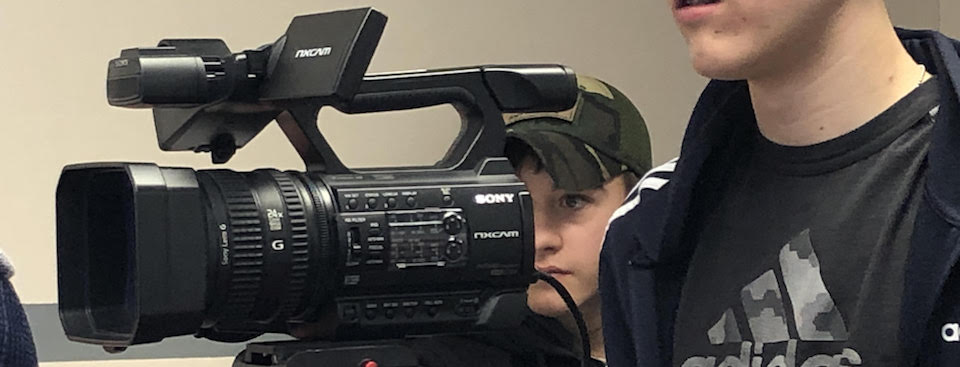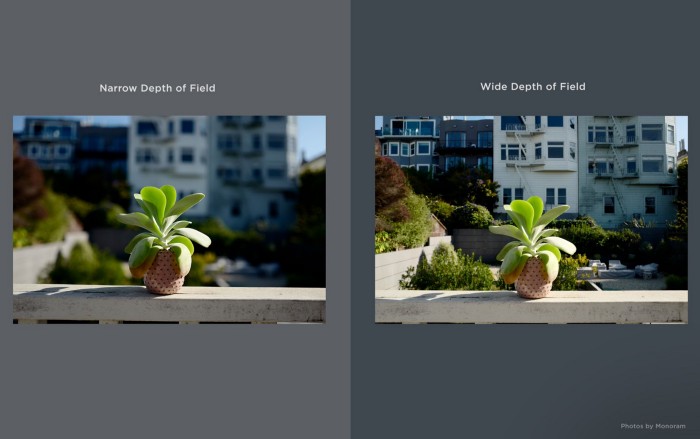
This week we discussed one of our primary tools for video production: the Camera.
The students seemed to enjoy the hands-on experience. There were three “stations” with different types of cameras to try.
Here is an overview of what we discussed:
There are three main types of cameras these days. Video cameras, Digital Cinema Cameras, and point-and-shoot cameras. A smartphone with a camera is a good example of a very powerful point-and-shoot type camera.
Video cameras typically have all the components to create video included in one body. The lens is permanently attached and it can zoom in and out (focal length). ND filters can be built in to lower the amount of light getting to the sensor (like putting sunglasses on a camera). Audio capture is built into the camera as well, typically XLR inputs with settings to adjust the levels.
Digital Cinema Cameras are specifically created to mimic the look of a traditional film camera. They have detachable lenses, so you can attach zoom lenses or prime lenses (fixed focal length). If shooting in bright light (e.g. outside) you may need a matte box to add external ND filtration. Since the image is the primary goal, audio is typically recorded separately, but there will usually be an audio input for a scratch track (rough audio track for syncing the separate audio to the video in post).
3 Factors affect exposure (the goal is the correct exposure, but some of these factors will lead to different effects or results):
1. Aperture or Iris size
2. Shutter speed
3. ISO speed or gain setting
See picture below or read more here: https://actioncamera.blog/2017/02/22/the-exposure-triangle/

3 Things affect the depth of field:
1. Aperture size
2. Size of the sensor
3. Focal length
See picture below showing the concept of depth of field. Read more here: https://photographylife.com/what-is-depth-of-field

This is an example of a shallow depth of field (also called selective focus) vs a wide depth of field (where it appears everything is in focus).
Distance from the subject to the background is also a factor in how the picture will look. If the depth of field is very shallow (or narrow) and the background is close to the subject…the fall-off in focus will not be as great.
Next week we will be discussing camera movement.



